Considering it’s people who sit at the heart of any successful business, it should come as no surprise that accommodating their needs and understanding what their workplace means to them is vital.

The workplace is a key part of an employer’s brand and influences its ability to attract and retain talent and skills.
This seems obvious, particularly when considering the workplace in its traditional sense, but it is widely acknowledged that people’s relationship with the workplace is changing more rapidly than ever, thanks in the main to the unavoidable influence of technology. It is forcing dramatic shifts in the long-term future of work.
Change has become the new norm, with one side effect being that work is increasingly something people do rather than being a place to go. This means the physical locations and places of work that do serve as communal hubs are having to accommodate the shifting expectations and working practices of those staff that interact with them.
While it seems contradictory, the consequence of technology and the virtual world it allows us to operate in now means the concept of the physical workplace, and how it impacts on staff, is more important than ever.
This means occupiers of all sizes are focusing on how they want their place of work to respond to the needs of both their business and their staff. Decision-makers’ wish lists comprise a growing number of variables from office layout, service and connectivity to clustering, local amenities and community. At the same time, the health and wellbeing of their staff is becoming a key driver, with access to exercise facilities, bike parking, green space and clean air all a higher priority than 10 years ago.
Places have been crucial to the existence of human beings since the dawn of time. From the simple need for shelter to the geopolitics of borders, we have a visceral need to associate with places of all scales to help us both survive and make sense of the world.
Historically, our relationship with place has grown organically, driven fundamentally by geography, climate and access to vital resources, but advances in technology, science and infrastructure mean we can now influence and manipulate many of these factors for the sake of place.
Ultimately, places can be anywhere and on any scale, but it’s people’s use, understanding and perception of them that really makes them what they are
This allows us to create successful new locations almost anywhere, meaning people can live, operate and thrive in more places than before. Once inhospitable deserts are now home to vast economies and populations like Dubai and Las Vegas, and even plans to colonise Mars are no longer the preserve of science fiction. Ultimately, places can be anywhere and on any scale but it’s people’s use, understanding and perception of them that really makes them what they are.
The importance of place sits at the heart of a property. Multinationals looking to expand or locate will more often than not start with a country, basing their initial search on demographics, economics, politics and logistics.
This decision-making process then filters down to regions, cities, districts, streets and places. In tandem, the variables that influence decisions change accordingly, moving from big-picture benefits such as tax incentives and trade deals to the proximity of parking and coffee. The same applies to smaller property requirements whose starting points are towns and cities, with the end point being how the places within them can benefit their staff.
Whatever the size, as the search becomes more focused, what places can do for staff is becoming just as important, if not more so, than that of price. This provides exciting opportunities for planners, landlords and developers to create and evolve physical places to attract and engage people. In the 21st century, the idea of creating places rather than just buildings is more prevalent than ever.
But such an approach is nothing new. One of Europe’s largest redevelopment sites, King’s Cross, is a great example of this. Formerly a 67-acre semi-derelict site, it now serves as a successful mixed-use development where public transport infrastructure, retail, leisure, residential and office space combine to deliver a perfect example of deliberate placemaking; one that helped attract a diverse range of occupiers from the University of the Arts and Louis Vuitton to Universal Music and Google, providing a home for the latter’s largest office outside its Googleplex headquarters in Silicon Valley.
Indeed, creating places like King’s Cross doesn’t happen by accident. From the outset, the vision and commitment was clear, with innovative vision for planning and significant investment in infrastructure and retail and public realm being delivered up front, as well as having a development partnership with a long-term stake in the site.
Airport City – a brand new place
At Airport City Manchester, a similar journey is well under way. Here, the vision and ambition is to create a world-class place that supports a thriving business community; somewhere commercial success in a rapidly changing and highly connected world goes hand in hand with delivering a positive and lasting impact in the community.
The success of Global Logistics, where almost 1m sq ft of logistics space and around 3,000 jobs have been created, is a precursor to what we plan to achieve in the future. At Airport City North, our completion of the £15m link road unlocks 70 acres of land on which brand new offices, hybrid facilities, hotels and leisure space will be created, bringing many more career opportunities and high-quality jobs to an area of outstanding connectivity and aspiration.
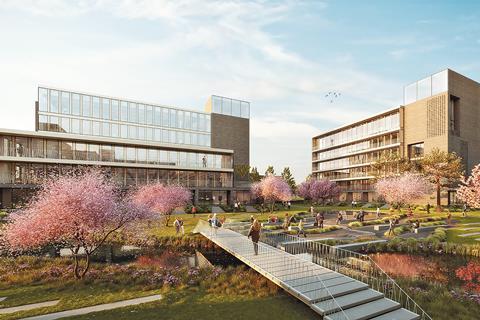
But it’s not just about developing infrastructure and creating brilliant buildings. By understanding what’s important to a new generation, we are helping create a sense of place by proactively orchestrating the facilities, networks, activities, opportunities and attitude for great things to happen – far greater than those that would be realised by people and organisations working in isolation of each other.
Already, we’ve made a conscious decision to invest early in the social and community fabric of Airport City Manchester, giving occupiers, visitors and local people the chance to form a connection from the outset. This is being achieved in a number of ways, most notably with our interactive ‘Platform’ event space, which has been designed for users to enjoy a wide range of pop-up activities from food, drink and entertainment to education, talks and product launches.
Having successfully welcomed 15 local pop-up food traders, this approach is already proving a great success, helping enliven the development in its formative stages. But its implementation is merely a forerunner for many more events and activities that will bring the physical to life and ensure it is a world-class destination for people to work.
Key to this is an emphasis on health and wellbeing, creating an environment that people enjoy using. This enables and promotes a happier and healthier workforce and, ultimately, more productive organisations. This will be achieved in a variety of ways, from building design, clean air and green spaces to the quality and variety of amenity and sustainable mobility available.
Cycling sits at the heart of this and at the top of the transport hierarchy. Here, high-quality changing and storage facilities will encourage colleagues to embrace riding to work, either on their own bikes or those available to hire across the site. Simple, safe and enjoyable routes will connect key regional locations, allowing users to commute, exercise and relax with ease.
This ambition is already taking shape through our partnership with British Cycling, which recently helped deliver the Enterprise Way Community Ride, in which a mixture of staff, partners, occupiers and local community took part. Not only does this provide further opportunity for people to engage with the place being created, it also launches a CSR strategy built on a commitment to placemaking, health and wellbeing and community engagement at its very heart.
With these foundations in place, we’re able to nurture a sense of place now, helping provide the conditions for enduring success. Physical locations like these help the businesses that locate there communicate a corporate ethos and brand. In turn, this affects their ability to attract and retain talent, as well as engage customers – both essential to business success.
Lynda Shillaw is chief executive officer of MAG Property

About Airport City Manchester
Airport City Manchester is one of the UK’s largest joint venture commercial development projects, comprising 5m sq ft of office, hotels, advanced manufacturing and logistics space across 160 acres. Situated adjacent to Manchester Airport, the £1bn development is perfectly positioned for the UK, Europe and the world. A place to embrace a changing future.
Topics
PW Perspectives - Winter 2017
- 1
- 2
- 3
- 4
- 5
 Currently reading
Currently readingPutting people first is the new No.1 rule of business
- 6
- 7
- 8
- 9
- 10


































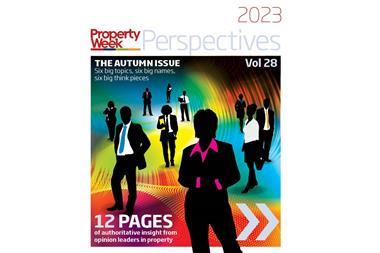
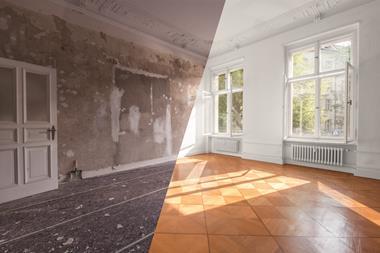
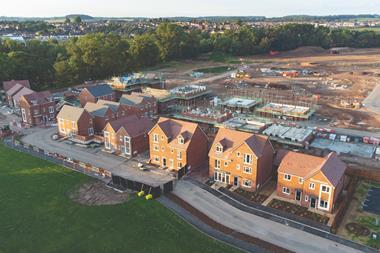
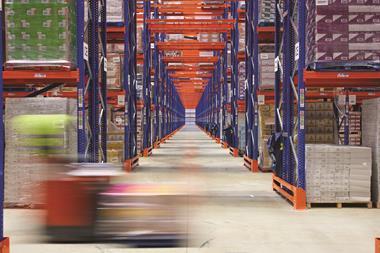
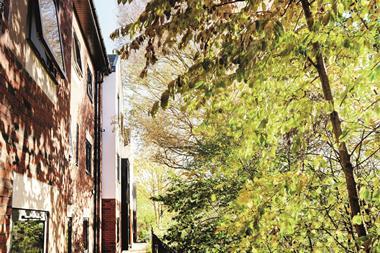
No comments yet